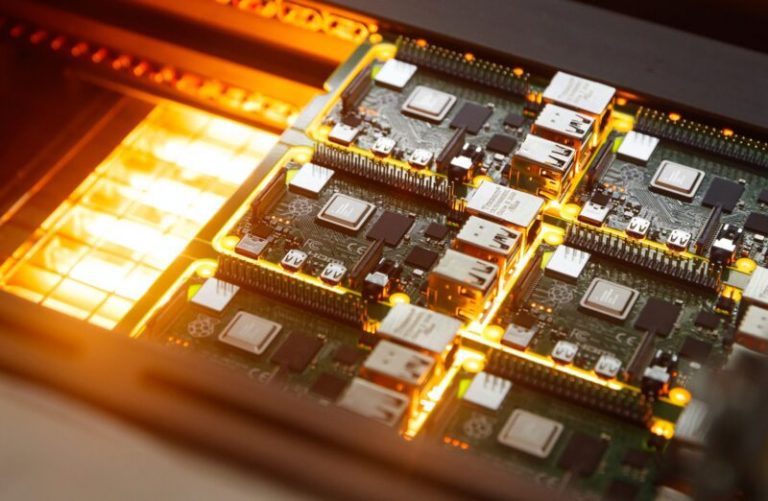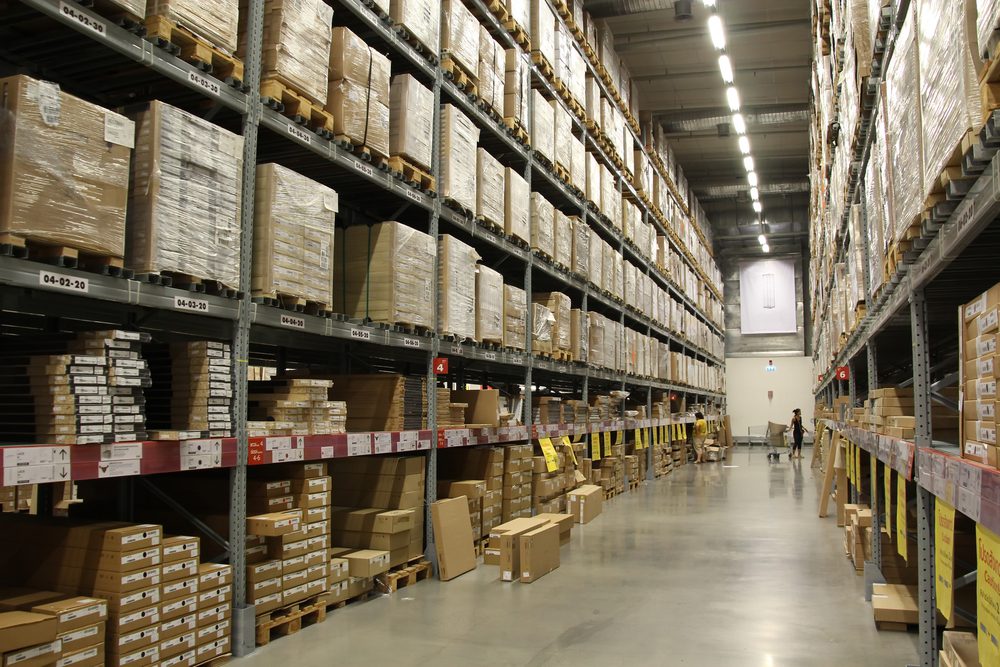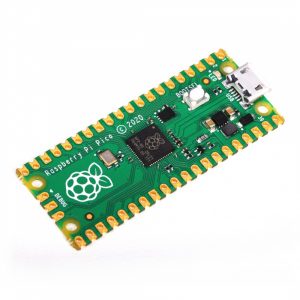Table of Contents:
A shortage with no end in sight…
It’s not hard to see that since the global semiconductor shortage, electronics are a little harder to come by than even a few years ago. Shrinking supply chains, the current unstable geopolitical situation and growing demand for electronics are putting the industry under considerable strain, and manufacturers are scrambling to minimise the problem.
This situation affects the whole world and manifests itself in delays in the production of key elements of devices, such as, above all, integrated circuits, which are at the very heart of the systems that make our lives so much easier and more pleasant. Further consequences of this state of affairs include the stopping of production of new cars, long delays in the production and – what interests us all the most – delivery of Raspberry Pi minicomputers.
How is Raspberry Pi facing the crisis?
Raspberry Pi minicomputers have been appreciated by many enthusiasts of new technologies and fans of electronics and programming. The minicomputer has been developed with new versions and more advanced generations of Raspberry Pi models for ten years now. Along with this development and constantly growing popularity, demand is also growing, which is undoubtedly difficult to meet in the current situation.
How does it look from the side of the manufacturer of our favourite minicomputers? From the Raspberry Pi Foundation’s official message, we learn that the company has been working hard over the past six months to keep up its efforts to produce and deliver as many of its products as possible to its customers. Despite various supply chain challenges, the manufacturer claims to be able to build around half a million single board computers and Compute Module products every month.

As reported in October by Raspberry Pi Foundation itself, the 28mm BCM2711 chips used in the Raspberry Pi 4, for example, were more available than the 40mm versions used in older minicomputer models. The manufacturer also stresses that it has a strong component line-up and will continue to build units at least at the current rate in the coming months.
Production versus demand
As we have heard recently, Raspberry stands by its statement that the current situation is both a demand and supply shock. Demand for products surged in early 2021 and supply constraints meant that the company was unable to adjust to demand. As a result, orders have overtaken production to such an extent that Raspberry has a backlog of almost all products. This, in turn, is the cause of the continuing backlog a threshold further – around the world, official distributors such as Botland have their own backlogs, pushing the product even further away from the end customer.
The backlog chain has grown to such an extent that it is literally consuming minicomputers as fast as they are produced. This in turn is causing extremely limited availability from subsequent resellers. The situation is so serious that to alleviate the problem at least a little, resellers have been forced to put limits on sales of Raspberry products, as is also the case in our shop. This is, by the way, in line with Raspberry’s recommendation. Although probably not everyone will agree with it, at the moment this seems to be the only right solution.
What are the consequences?
The result of the situation is the Raspberry Pi Foundation’s dilemma of how to manage the resulting backlog generated under these circumstances. The most important task is to balance the demand from commercial and industrial customers with the demand generated by individuals. The Raspberry Pi Foundation has decided that priority will be given to those who need minicomputers to run their businesses due to the realisation that people’s livelihoods are at stake – there is currently enough supply to meet their needs, the manufacturer claims.
Unfortunately, this is at the expense of limited availability for the individual customer, who may wish to buy small quantities or even single pieces for their projects. The situation is so serious that unfortunately we cannot expect a drastic improvement overnight. So what can you do to nevertheless satisfy your needs and purchase a raspberry?
Look for a reliable source – by working with the manufacturer, official distributors get preferential access to supply Raspberry Pi products. Botland, as an official distributor, also benefits from this, so you can expect Raspberry products from us first. Beware of unauthorised counterfeits though – the problems the manufacturer is currently facing may provide an opportunity for various not necessarily cost-effective and secure offers, and the hardware offered in this way may differ significantly in build quality, or in extreme cases simply be a scam.
In the current climate, it is sometimes worth considering buying other products that perhaps at least minimally provide the functionality that customers want. The Raspberry Pi Foundation reports that quite a few models of the Raspberry Pi 400 could be made from BCM2711 units, which plays an important role in the mission to provide general purpose computers at an affordable price for everyone. This is also confirmed by the stock at Botland.
On the other hand, there’s the Raspberry Pi Pico – although not a full-fledged computer like other Raspberry Pi products and many similar third-party boards based on the RP2040 microcontroller, they can be used for many of the same embedded applications. We encourage you to consider this solution.
How useful was this post?
Click on a star to rate it!
Average rating 0 / 5. Vote count: 0
No votes so far! Be the first to rate this post.























